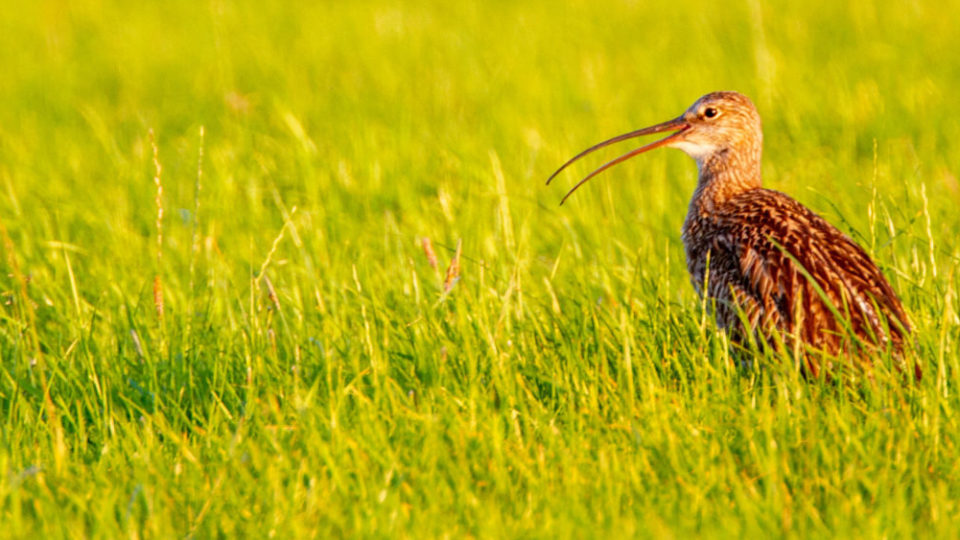The Agreement on the Conservation of African-Eurasian Migratory Waterbirds (AEWA) adopted new “Complementary guidelines on climate change adaptation measures for waterbirds” during their MOP (Meeting of the Parties) in Budapest on 28 September. The guidelines, drafted by Wetlands International Europe’s Szabolcs Nagy, build on existing AEWA approved guidelines and provide practical guidance for governments on planning climate change adaptation measures.
At the eighth AEWA Meeting of the Parties (MOP8), member countries adopted 16 resolutions as well as the new complementary guidelines. The objective of the meeting and guidance document is to improve the conservation status of 255 migratory waterbirds listed under AEWA, an intergovernmental treaty developed under the framework of the Convention on Migratory Species (CMS) and administered by the United Nations Environment Programme (UNEP).
The new complementary guidelines were drafted as part of the Climate Resilient Flyway project coordinated by Wetlands International. This project was launched at AEWA MOP6 in 2015 and receives funding from the International Climate Initiative of the German Federal Government and co-funding from the AEWA Secretariat through a grant provided by the Government of Luxembourg.
The document, approved unanimously by the AEWA Technical Committee, provides practical advice to AEWA parties on the use of new information sources on the impact of climate change. The stepwise process is organised in five stages, specifically:
1. Review the impact of climate change on biodiversity in your country;
2. Assess the vulnerability of AEWA species to climate change in your country;
3. Assess the vulnerability of Critical Sites to climate change in your country;
4. Identify climate change adaptation measures to support AEWA populations at their key sites or in the wider landscape;
5. Integrate the needs of waterbirds into national climate change mitigation and adaptation policies.
The intent is to help country AEWA parties with limited resources to understand the impacts of climate change on their waterbird populations and key sites. This can support them in starting to plan and implement conservation measures by integrating them into broader national climate change adaptation and mitigation policies.

